You think you’re a tea master, swirling your cup in the morning light, but even the most devoted sippers can unknowingly sabotage that daily ritual. A too-hot splash here, a rushed steep there, and your comforting cup becomes bitter betrayal in disguise. Brewing tea isn’t just about dunking a bag and hoping for warmth; it’s an art, a ritual that transforms water and leaves into calm in a cup. If your tea tastes “just okay,” you’re likely making these hidden mistakes. Ready to elevate your tea game? Here are 12 subtle errors you’re probably making—and how to fix them.
1. Water Temperature Troubles
Scalding your delicate green or white tea leaves with boiling water is like trying to take a relaxing bath in a hot spring that’s way too hot—painful and unpleasant! This temperature mismatch extracts bitter compounds that overwhelm the tea’s natural sweetness.
Different teas have specific temperature requirements. Green teas prefer 170-180°F, while black teas thrive at 200-212°F. White teas need gentle 160-170°F water, and oolongs fall somewhere in between.
Invest in a variable temperature kettle or use a thermometer to hit the sweet spot. Your taste buds will thank you as they experience the tea’s intended flavor profile without the harsh bitterness.
2. Timing Misjudgments
Ever left your tea steeping while answering a quick phone call, only to return to a cup of liquid bitterness? That’s oversteeping at work. The extra minutes extract excessive tannins that overwhelm your palate.
Each tea variety has its own ideal steeping time. Delicate white teas need just 1-3 minutes, green teas 2-3 minutes, and black teas 3-5 minutes. Herbal infusions can steep longer, often 5-7 minutes for full flavor development.
Use a timer app or dedicated tea timer to nail the perfect steep. This simple habit prevents both the weak disappointment of understeeping and the astringent assault of oversteeping.
3. Skimping on Leaf Quality
Those dusty tea particles in bargain bags might save pennies, but they’re costing you the true tea experience. Low-quality tea often consists of broken leaves, stems, and dust—the leftovers after premium leaves are selected.
Premium whole-leaf teas contain intact leaves with their essential oils and flavor compounds preserved. They unfurl beautifully during steeping, releasing complex flavors that evolve with each sip. The difference between bargain tea and quality leaves is like comparing fast food to a gourmet meal.
Try a side-by-side taste test between your usual tea and a higher-grade version. The flavor revelation might convert you to the wonderful world of whole-leaf tea forever!
4. Proportion Problems
“A little more won’t hurt,” you think, as you heap extra tea leaves into your infuser. Surprise! Your brew turns out bitter and overpowering. Tea brewing is chemistry, and proportions matter tremendously.
The golden ratio for most teas is 1 teaspoon (about 2-3 grams) per 8 ounces of water. Too much tea creates an overly strong, astringent brew, while too little produces a watery disappointment lacking character and depth.
For precision, consider using a small digital scale. Tea enthusiasts often measure by weight rather than volume since tea leaves vary in density. This approach ensures consistency from cup to cup, especially with large-leaf varieties that don’t fit neatly into measuring spoons.
5. Water Quality Oversight
Your tap water might be hiding flavor-destroying chemicals! Chlorine, fluoride, and mineral imbalances in water dramatically affect tea’s taste, often introducing metallic notes or dampening the tea’s natural brightness.
Water is 98% of your tea, making it the most important ingredient after the leaves themselves. Hard water with high mineral content can make tea taste flat, while distilled water produces a dull brew lacking vibrancy.
Use filtered water or spring water with a balanced mineral profile for best results. Some tea aficionados even choose specific waters to pair with certain teas, just as wine connoisseurs match wines with food. The difference good water makes can be astonishing!
6. Cold Vessel Shock
Pouring hot water into a cold teapot causes an immediate temperature drop that can leave your brew lukewarm and under-extracted. This temperature loss is particularly problematic for black teas and oolongs that need sustained heat to develop their full flavor profiles.
The simple act of preheating your teapot or cup with hot water for 30 seconds before adding tea leaves makes a remarkable difference. This maintains the optimal brewing temperature throughout the steeping process.
Warming your cup also enhances the aromatic experience of your tea ritual. The sustained heat helps volatile compounds rise, allowing you to enjoy the full bouquet of scents that contribute significantly to flavor perception.
7. Teabag Squeezing Habit
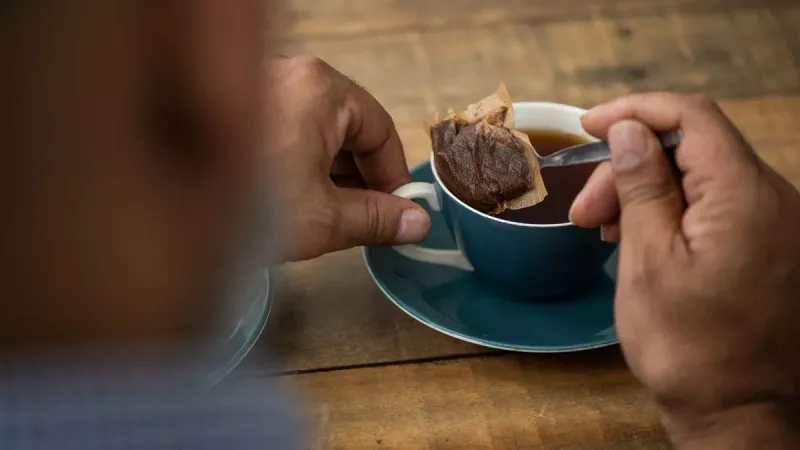
That instinctive squeeze of your teabag might seem efficient, but it’s actually unleashing a flood of bitter tannins into your cup! This common habit forces out compounds that were better left in the leaves, creating an imbalanced flavor profile.
Properly brewed tea relies on the natural diffusion of flavor compounds into water. When you manually press the leaves, you’re extracting elements that wouldn’t naturally release during proper steeping time, including excessive astringent compounds.
Instead, gently remove your teabag and let it drip naturally for a moment before setting it aside. Your reward will be a smoother, more balanced cup without the harsh finish that squeezing creates.
8. Vessel Mismatch
Clay teapots might look traditional, but using the wrong material can hijack your tea’s flavor! Unglazed clay absorbs flavors over time, which enhances certain teas but ruins others by imparting unwanted taste notes.
Glass and porcelain are neutral materials that won’t affect flavor, making them ideal for sampling new teas or brewing delicate varieties. Dedicated tea enthusiasts often reserve specific Yixing clay teapots exclusively for particular tea types, as these porous vessels gradually enhance brew character through repeated use.
Match your brewing vessel to your tea type. Use neutral vessels for light, floral teas and reserved clay pots for stronger varieties like pu-erh or robust oolongs where the material’s interaction enhances rather than detracts.
9. Microwave Shortcuts
Zapping your water in the microwave creates temperature hot spots and cold zones that brew tea unevenly. This temperature inconsistency means some leaves overextract while others barely release their flavors.
Microwaved water also tends to lack sufficient oxygen, which tea needs for proper flavor development. The rapid, uneven heating drives out dissolved gases that contribute to tea’s brightness and complexity.
Electric kettles heat water evenly and maintain temperature consistency. They’re also faster than microwaves for bringing water to the proper temperature. If you must use a microwave, stir the water thoroughly before adding tea to distribute the heat more evenly.
10. Cramped Leaf Confinement
Those cute little mesh balls might be convenient, but they’re essentially tea prisons! Quality tea leaves need space to unfurl completely during steeping. When confined in tiny infusers, they can’t expand fully, limiting flavor extraction.
Tea leaves can expand to 3-5 times their dry size when properly steeped. Large-leaf oolongs and white teas particularly suffer when squeezed into small spaces, as their complete leaf structure is part of their quality appeal.
Use roomy infusers that allow leaves to dance freely in the water, or try brewing directly in the pot and straining afterward. Some traditionalists prefer brewing certain teas “grandpa style”—loose in the cup, drinking around the leaves for a constantly evolving flavor experience.
11. Careless Storage Practices
That decorative glass jar on your counter is slowly killing your tea’s flavor! Tea leaves are surprisingly delicate and absorb ambient odors readily while being degraded by light, heat, and moisture.
Proper tea storage requires airtight, opaque containers kept away from strong odors, heat sources, and humidity. Even brief exposure to these elements can diminish the delicate volatile compounds that give fine teas their distinctive character.
Store your tea in dedicated containers designed to block light and air. The refrigerator works for some green teas but creates condensation risks when containers are removed. For most teas, a cool, dark pantry in proper storage containers preserves quality for months rather than weeks.
12. Hurried Brewing Rituals
Frantically dunking a tea bag while checking your phone isn’t just missing the meditative benefits of tea—it’s actually compromising flavor! The rush often leads to imprecise water temperatures, inconsistent steep times, and poor leaf-to-water ratios.
Tea brewing developed as a mindful practice for good reason. Each step—from heating water to measuring leaves to timing the steep—requires attention for optimal results. When rushed, we tend to skip critical steps like preheating vessels or allowing proper extraction time.
Set aside dedicated tea moments in your day. Even three focused minutes can transform both your cup quality and your mental state. The Japanese tea ceremony extreme isn’t necessary, but approaching brewing with presence pays delicious dividends.
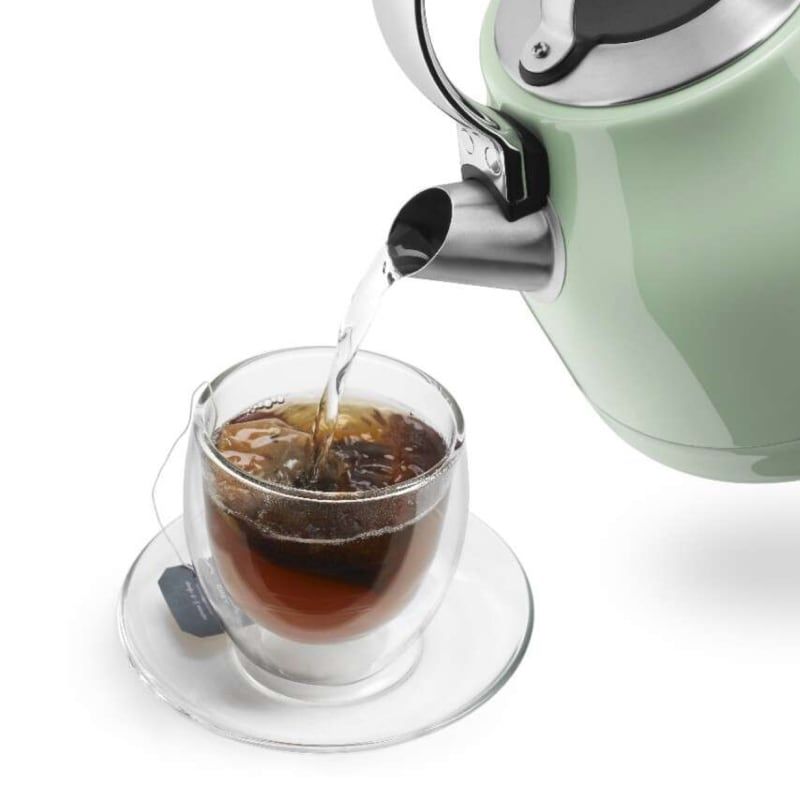
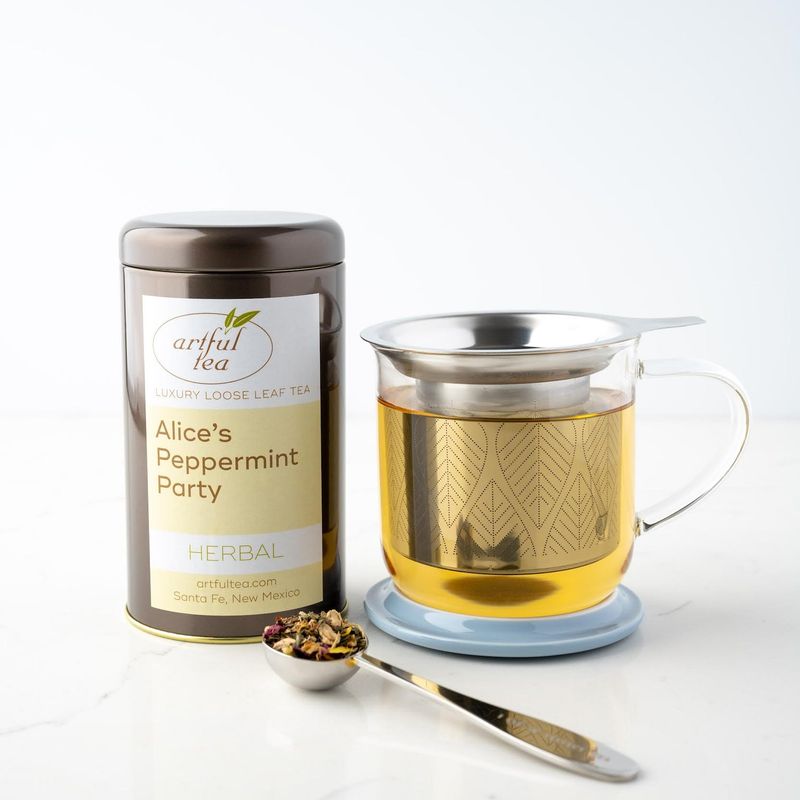
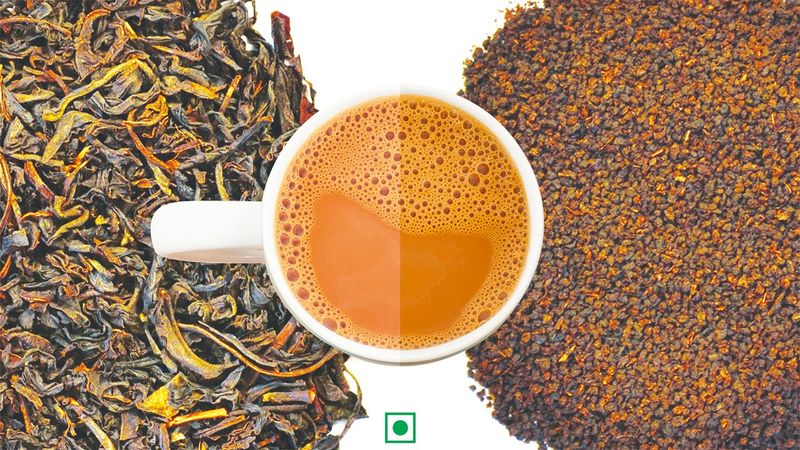
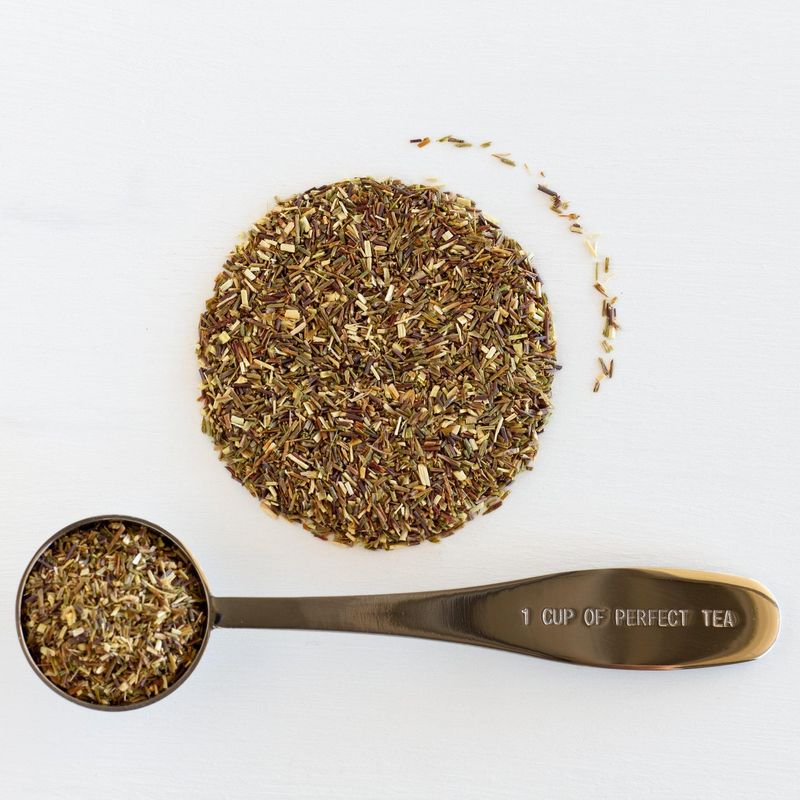
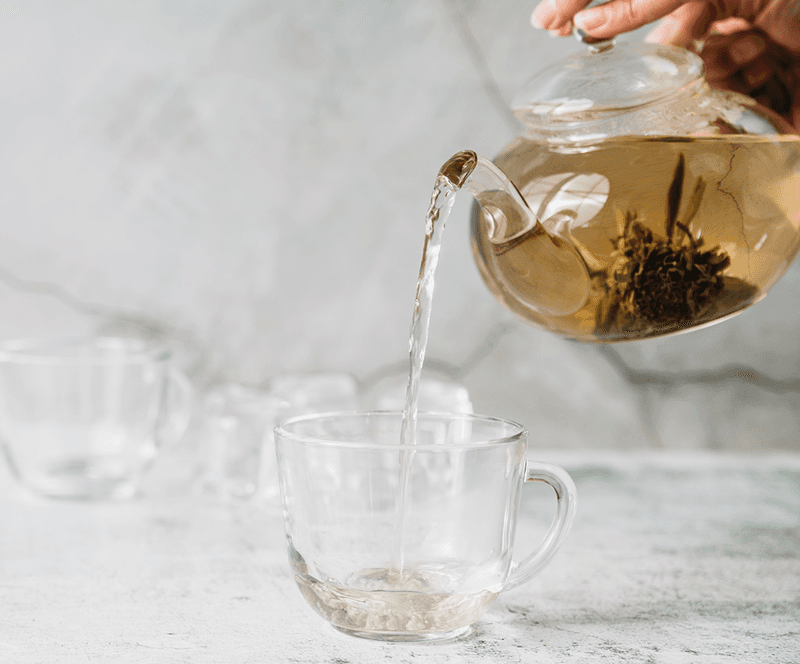
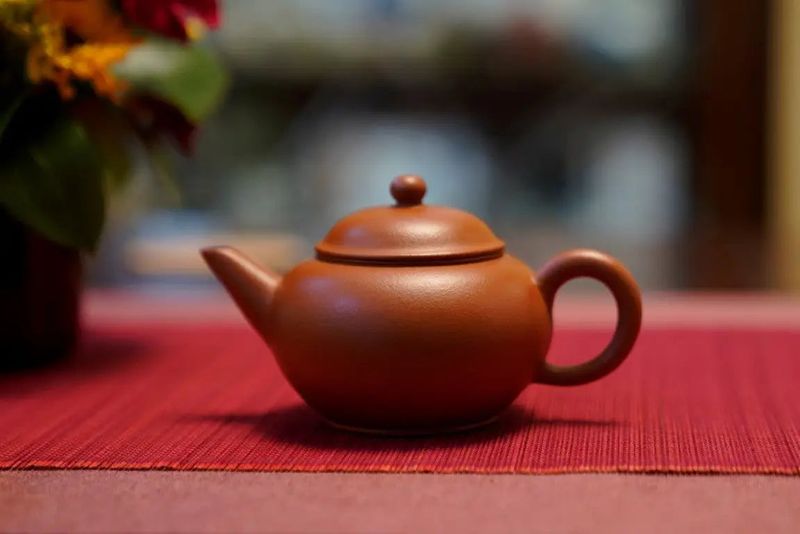
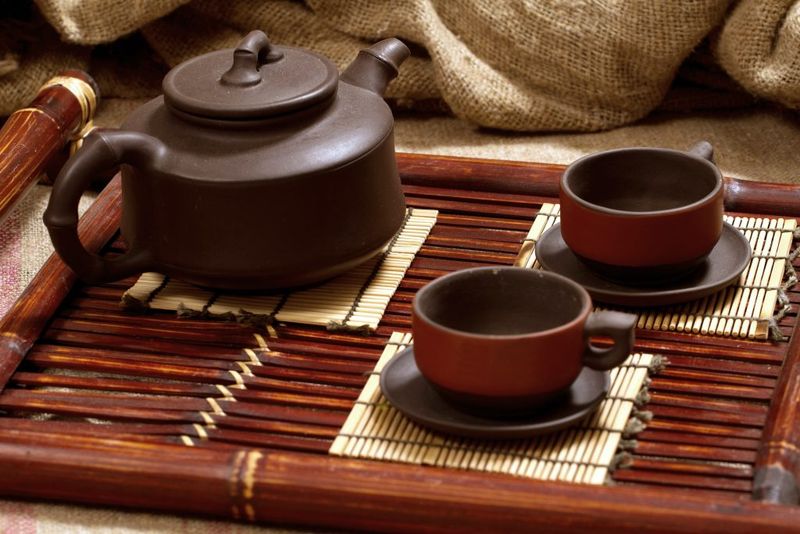
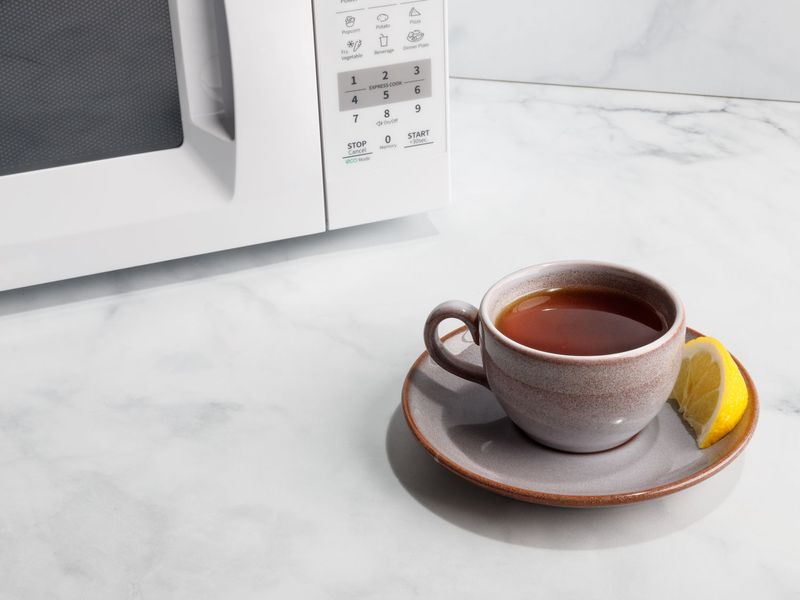
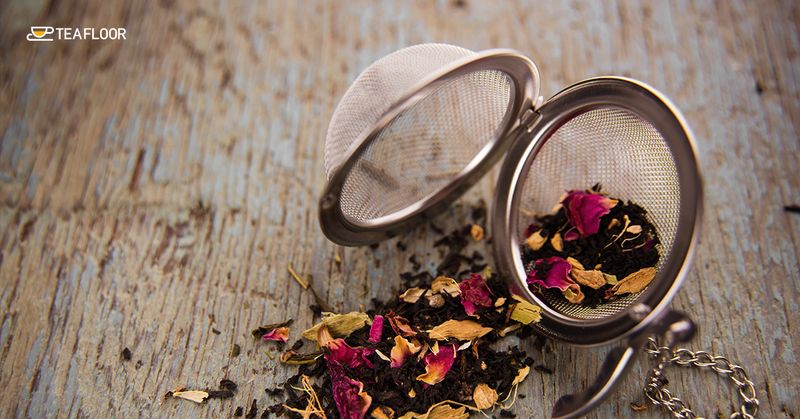
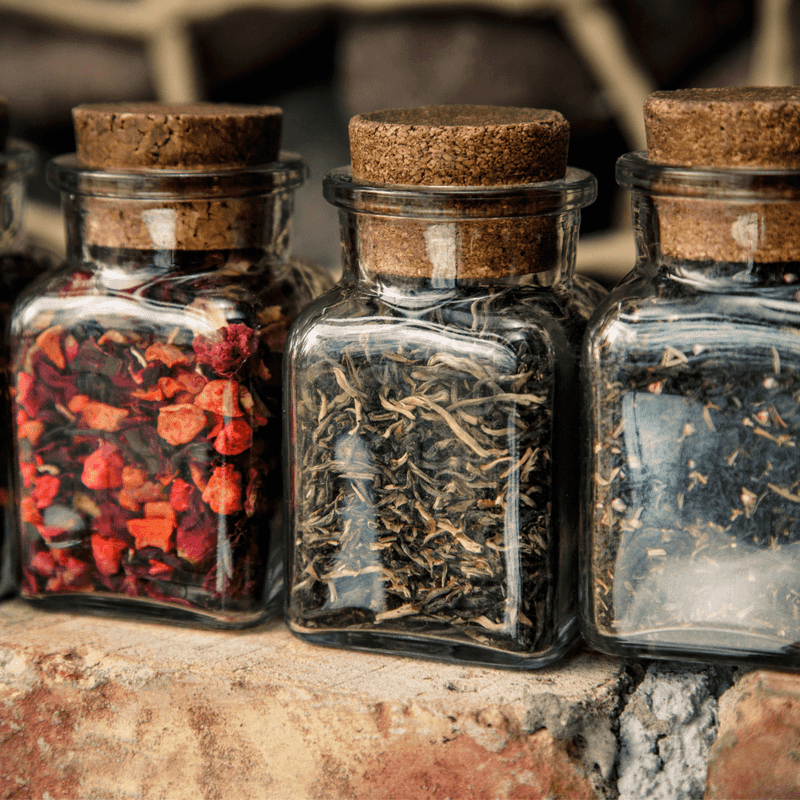
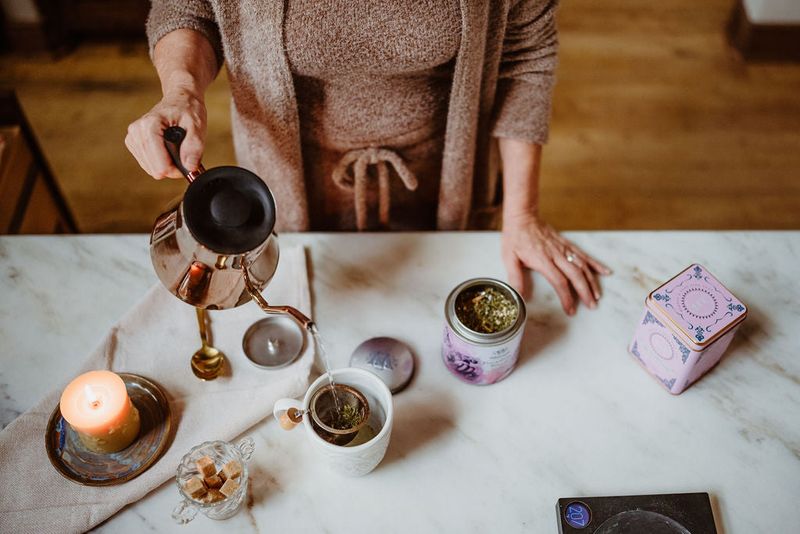
Leave a comment